Proximity Sensor 8mm NPN NO In Pakistan
₨ 750.00
- Introducing the Proximity Sensor 8mm NPN, your ultimate solution for precise detection in Pakistan.
- With its cutting-edge technology and robust design, this sensor offers unparalleled accuracy and reliability.
- Equipped with an 8mm sensing range, this NPN proximity sensor guarantees efficient performance in various applications.
- Whether you need to detect the presence of objects or ensure smooth automation processes, this sensor has got you covered.
- Its compact size and easy installation make it suitable for tight spaces. The sensor’s high-quality construction ensures durability, even in demanding environments.
- With its NPN output type, this proximity sensor seamlessly integrates with your existing systems. Get real-time data and optimize your operations effortlessly.
In stock
Introduction to Proximity Sensors
These sensors are widely used in various industries for automation and control purposes. One type of proximity sensor that is commonly used is the 8mm NPN proximity sensor. In this comprehensive guide, I will provide you with everything you need to know about the Proximity Sensor 8mm NPN In Pakistan.
Understanding the NPN Proximity Sensor
The 8mm NPN proximity sensor operates on the principle of electromagnetic induction. It consists of an oscillator circuit, a detection coil, and an output circuit. When an object comes within the sensing range of the sensor, it disturbs the electromagnetic field generated by the detection coil.
The NPN in the proximity sensor’s name refers to the type of transistor used in the output circuit. NPN stands for “negative-positive-negative,” which describes the arrangement of the three layers of the transistor. This makes it suitable for use with devices that require a sinking current, such as PLCs (Programmable Logic Controllers).
Features and Specifications of the 8mm NPN Proximity Sensor
The 8mm NPN proximity sensor comes with a range of features and specifications that make it suitable for various applications. Some of the key features include:
- Detection Range: The 8mm NPN proximity sensor has a detection range of 8mm, which means it can detect objects within this distance.
- Output Type: The sensor has a normally open (NO) output configuration, which means the output circuit is open when no object is detected and closed when an object is detected.
- Operating Voltage: The sensor operates on a voltage range of 10-30V DC, making it compatible with a wide range of industrial power supplies.
- Housing Material: The sensor is typically housed in a rugged and durable metal or plastic casing, which provides protection against environmental factors such as dust, moisture, and vibration.
- Response Time: The 8mm NPN proximity sensor has a fast response time, typically in the range of microseconds, ensuring quick detection and response to objects.
Advantages of Using the 8mm NPN Proximity Sensor
The 8mm NPN proximity sensor offers several advantages over other types of sensors. Some of the key advantages include:
- Reliability: The sensor is known for its high reliability and durability, making it suitable for use in harsh industrial environments. It can withstand extreme temperatures, humidity, and vibrations without compromising its performance.
- Fast Response Time: The sensor has a fast response time, allowing for quick detection and response to objects.
- Easy Installation: The 8mm NPN proximity sensor is easy to install and integrate into existing systems. It typically comes with mounting brackets or screws that allow for easy attachment to machinery or equipment.
- Cost-Effective: Compared to other types of sensors, the 8mm NPN proximity sensor is cost-effective, making it a popular choice for various industrial applications. Its affordability does not compromise its performance or reliability.
- Versatility: The sensor can be used in a wide range of applications due to its versatility. It can detect a variety of materials, including metal, plastic, and liquid, making it suitable for diverse industries.
How to Choose the Right 8mm NPN Proximity Sensor for Your Needs
When selecting an Proximity Sensor 8mm NPN for your specific needs, there are several factors to consider. These include:
- Operating Environment: Assess the environmental conditions in which the sensor will be used, including temperature, humidity, and presence of dust or moisture. Choose a sensor that is designed to withstand these conditions.
- Detection Range: Determine the required detection range based on the application. Ensure that the sensor has a range that is suitable for your specific needs.
- Power Supply: Check the operating voltage of the sensor and ensure that it is compatible with your power supply. Consider any voltage fluctuations or variations that may occur.
- Repeatability and Accuracy: Evaluate the sensor’s repeatability and accuracy specifications. Choose a sensor that provides consistent and accurate results for your application.
Installing and Calibrating the 8mm NPN Proximity Sensor
Installing and calibrating an Proximity Sensor 8mm NPN In Pakistan requires following a few simple steps. Here is a general guide:
- Mounting: Attach the sensor to the desired location using the provided mounting brackets or screws.
- Wiring: Connect the sensor’s wires to the appropriate terminals of your control system or PLC. Refer to the sensor’s datasheet or user manual for the correct wiring configuration.
- Calibration: Depending on the application, you might need to calibrate the sensor. This involves adjusting the sensitivity or detection range to ensure optimal performance. Follow the manufacturer’s instructions for calibration.
- Testing: Once the sensor is installed and calibrated, test its functionality by placing an object within the detection range. Observe the sensor’s output and verify that it responds correctly to the presence or absence of the object.
Troubleshooting Common Issues with the 8mm NPN Proximity Sensor
While the Proximity Sensor 8mm NPN sensor is generally reliable, there are a few common issues that may arise. Here are some troubleshooting tips:
- No Output Signal: If the sensor does not produce any output signal, check the wiring connections
- False Triggering: If the sensor is falsely triggering or detecting objects that are not present, adjust the sensitivity or detection range. Make sure that there are no interfering objects or electromagnetic fields in the vicinity.
- Inconsistent Performance: If the sensor’s performance is inconsistent, check for any loose connections or faulty wiring. Inspect the sensor for any physical damage or signs of wear.
- Sensor Failure: If the sensor fails to function properly, it may be due to a faulty component. In such cases, contact the manufacturer or supplier for assistance with repairs or replacements.
Conclusion
The Proximity Sensor 8mm NPN is a versatile and reliable device that finds extensive use in various industries in Pakistan. It offers fast and accurate object detection, making it essential for automation and control systems. By understanding the features, applications, and selection criteria of the 8mm NPN proximity sensor, you can make an informed decision when choosing one for your specific needs. Remember to follow the installation and calibration guidelines, as well as troubleshoot common issues that may arise. With the right sensor and proper implementation, you can enhance the efficiency and performance of your systems in Pakistan.
| Weight | 0.5 kg |
|---|
1 review for Proximity Sensor 8mm NPN NO In Pakistan
Add a review Cancel reply
You must be logged in to post a review.
Related products
Industrial Sensors, Button, limit switches and other input devices Pakistan
Industrial Sensors, Button, limit switches and other input devices Pakistan
Thermocouple K-type Thread M6 Screw Probe near 2 Sooter in Pakistan
Industrial Sensors, Button, limit switches and other input devices Pakistan
Tractive Magnet Solenoid Electromagnet SA-2402 AC weight plunger Pakistan
Industrial Sensors, Button, limit switches and other input devices Pakistan
Industrial Sensors, Button, limit switches and other input devices Pakistan
LED Light Push Button Switch LA38 203 22mm Green Tiktik in Pakistan
Industrial Sensors, Button, limit switches and other input devices Pakistan
Industrial Sensors, Button, limit switches and other input devices Pakistan
Industrial Sensors, Button, limit switches and other input devices Pakistan
LED Light Push Button Switch LA38 203 22mm Red Tiktik in Pakistan
Industrial Sensors, Button, limit switches and other input devices Pakistan
Thermocouple K-type Thread M10 Screw Probe near 3 Sooter in Pakistan
Industrial Sensors, Button, limit switches and other input devices Pakistan
Foot Control ON OFF Treadle Pedal Switch HRF-FS-2 in Pakistan
Industrial Sensors, Button, limit switches and other input devices Pakistan
Foot Control ON OFF Treadle Pedal Switch HRF-FS-3 in Pakistan
Industrial Sensors, Button, limit switches and other input devices Pakistan
Omron Photoelectric Sensor (E3JK-R4M1) AC/DC Pakistan Reflector Type In Pakistan


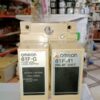


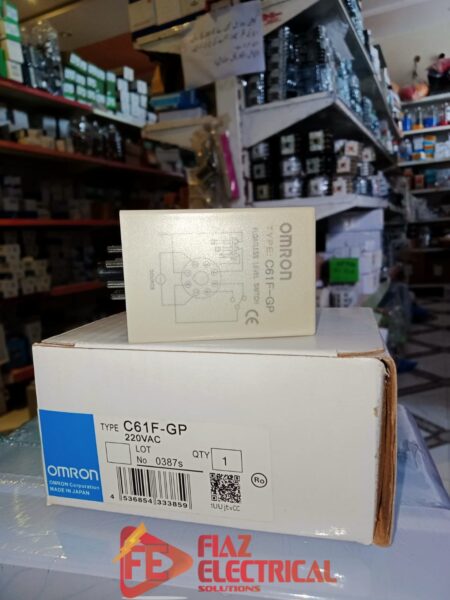


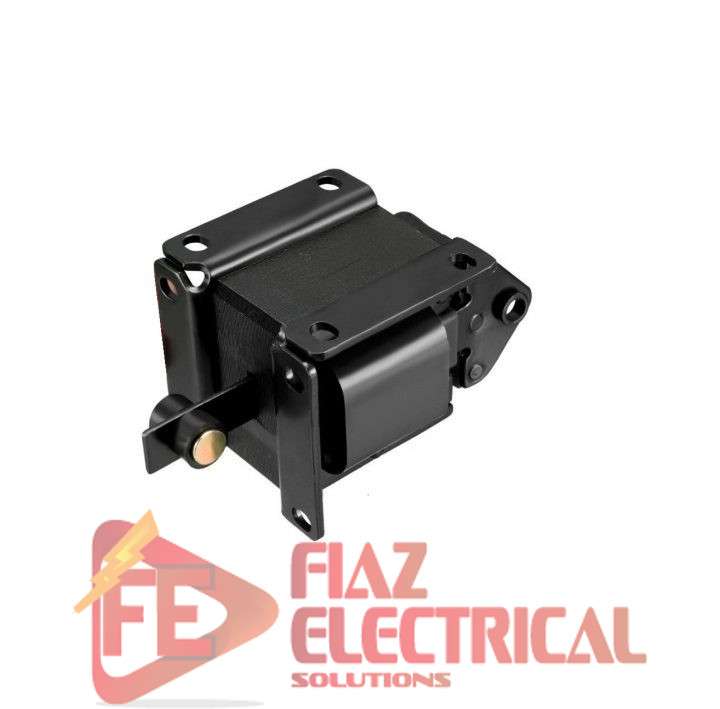


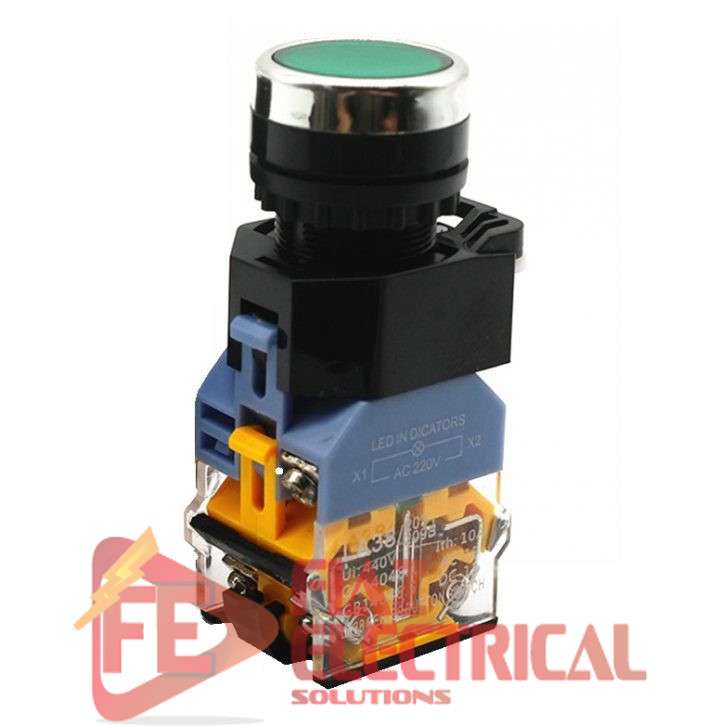

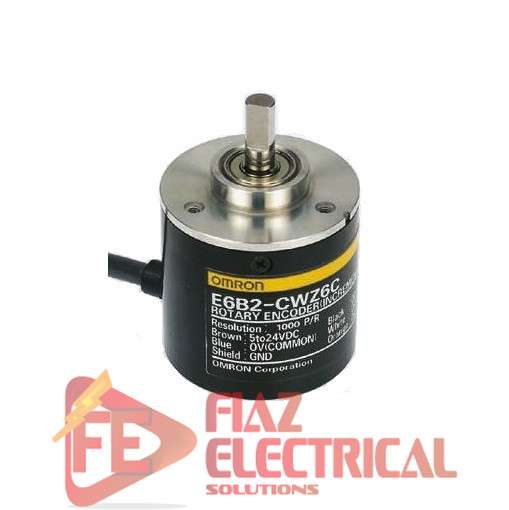

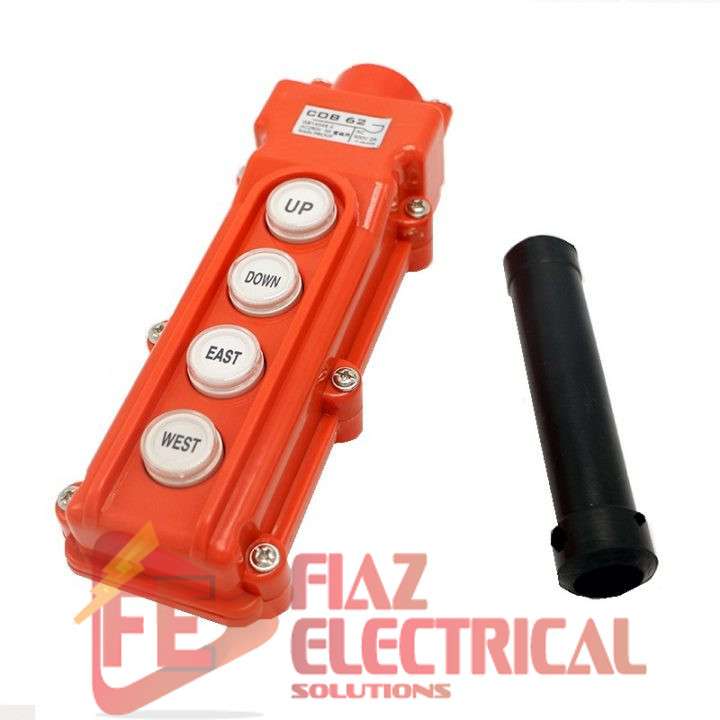










zain ahmad –
Nice product. Packing very good. Long lasting